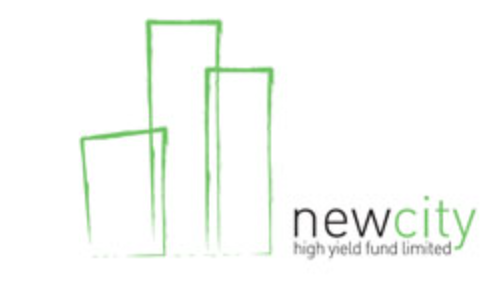CQS New City High Yield’s premium and dividend rise as high yield corporate bond market recovers – We have annual results from CQS New City High Yield (NCYF) this morning, covering the 12m period to 30 June 2019. The ‘Debt – Loans and Bonds’ sector company with a global mandate delivered an NAV total return of 3.79% while the shares were up 6.71%; this pushed the premium up to 10.53% at the end of the period.
The dividend yield came in at 7.3%. We note that the shares currently trade at a beta of 0.33, with the relatively lower level of risk compared to the broader market and the high yield proving popular against a challenging backdrop.
Views from manager Ian “Franco” Francis
“Another year, another Brexit dominated news agenda in the UK. Despite losing any number of Westminster votes on her Brexit deal, Theresa May managed to cling onto power until finally resigning as leader of the Conservative party in May 2019. We now have a new Prime Minister in the shape of Boris Johnson to try and steer the country ahead with an impending EU exit date of 31 October.
The UK economy has been very weak for most of the last 12 months. There was a pick-up in manufacturing activity in the first quarter of 2019 as companies stockpiled ahead of the earlier end of March Brexit date, but as that tide has gone out, the economy has become more exposed to the uncertainties caused by Brexit and global trade wars. Manufacturing, construction, the service industry and consumers desperately want some certainty to plan ahead. Sterling has continued to weaken against major currencies and the retail and consumer sectors continue to have a tough time.
In Europe, the steady growth we have seen in previous years has been replaced by slowing or no growth and companies have been cutting back on hiring as a sense of pessimism grips the Continent. The traditional powerhouses of Europe are all experiencing problems with low growth and falling manufacturing orders sitting alongside political uncertainty and the US /China trade war, with the associated risk that President Trump gets tough on European trade, further hitting, in particular, the German manufacturers. Towards the end of our financial year there was a changing of the guard at the European commission with new Commission, Council and ECB Presidents being appointed. They have the onerous task of stimulating growth and dealing with the recalcitrant UK.
Although the United States continued to power ahead economically over the last 12 months (despite the US Government being shut for a record 35 days at the start of the year), we have seen some recent signs that the US economy may be starting to cool down. Trade wars in the shape of actual and implied tariffs against China appear to be having real effects on the US economy and the threat of slowing growth has prompted the Federal Reserve to start cutting US interest rates. President Trump has continued to lambast the Fed for (in his opinion) raising rates too soon and then not cutting them swiftly enough. In our opinion he is trying to deflect the real reason behind the slowdown, the trade war with China.
Shareholders may have read that almost a third of all bonds in the world are now trading at negative interest rates. This is caused by many investors being worried about falls in global growth leading to recession and opting to stay extremely safe by investing in mainly highly rated government debt and happy to take the small loss implied by such rates. It is a worrying sign as inverted yield curves have been the forerunner of most recessions. Another risk is that without higher interest rates to drive investment in real assets, both Europe and the USA might enter a “liquidity trap” environment, like Japan, whereby it becomes very difficult to stimulate growth.
The portfolio is mainly invested in the high yield corporate bond market. This was negatively affected by the weakness we saw in global equity markets at the end of 2018, but has since recovered and is offering attractive opportunities to investors.
The number of portfolio companies seeking to repay their higher yielding bonds and replace them with lower yielding paper has declined this year, with the result that investment activity has been muted as we have remained invested in our favoured companies. New holdings in the top ten over the year were Euronav, (last year’s number 11 holding) the largest quoted tanker company in the world, and Wittur International, a manufacturer of lift equipment.
As always we continue to maintain a diversified portfolio across a range of sectors and have a good proportion of the portfolio in non-sterling currencies which can act as a hedge against a possible Brexit Sterling collapse. We also favour shorter duration bonds; that is bonds that will repay within a two to three year timetable as we try to hedge against possible interest rate rises. Although the outlook for economic growth looks difficult we have navigated through these waters before and remain confident we can find suitable investments that meet our income objectives without increasing the risk we always take in when investing in the high yield universe.”
NCYF: CQS New City High Yield’s premium and dividend rise as high yield corporate bond market recovers
